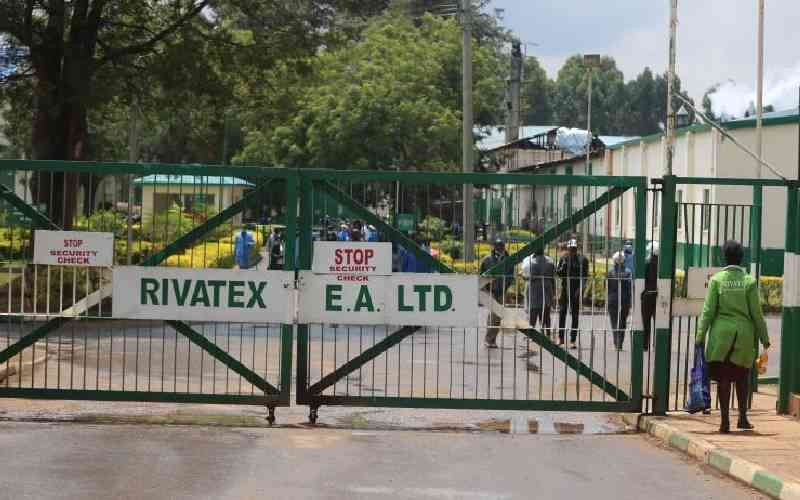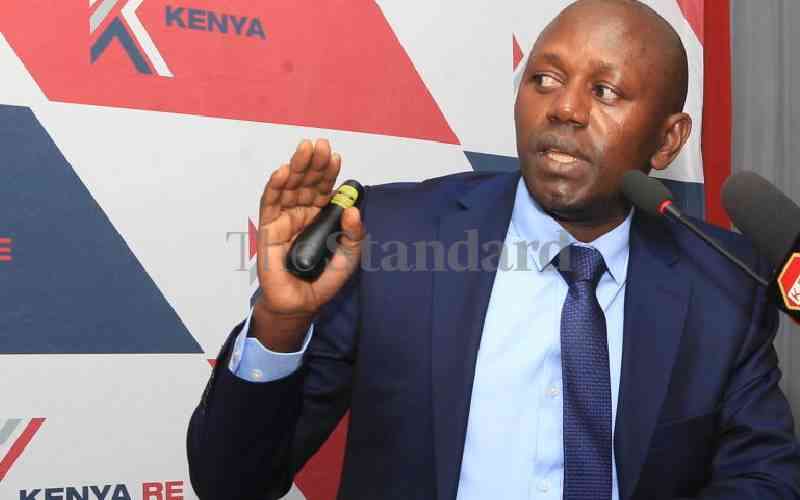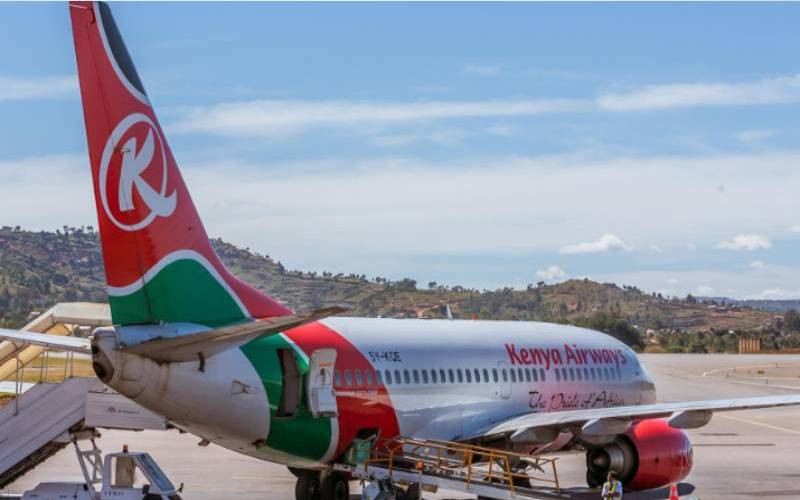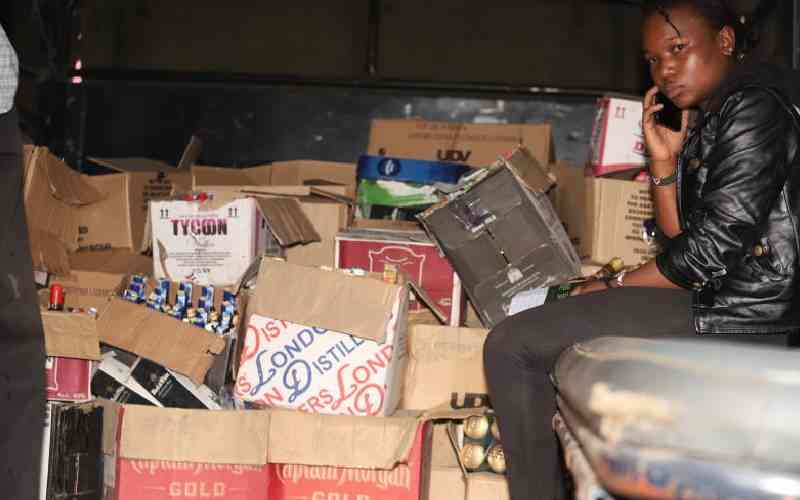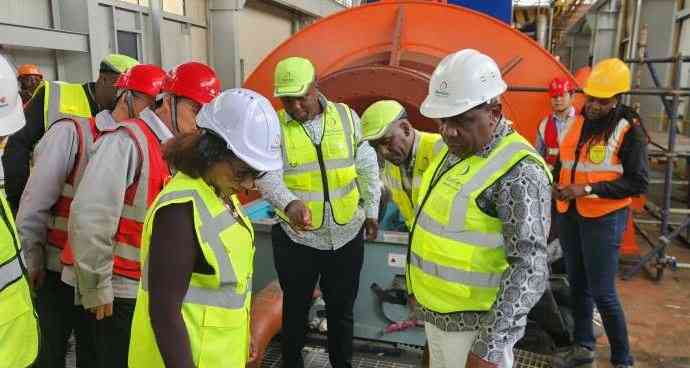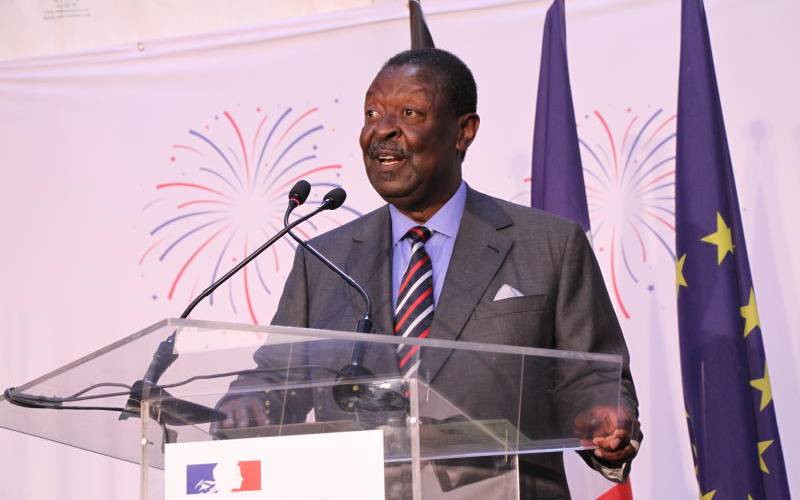
The cash strapped government of President William Ruto is racing to secure Chinese financing to extend the Standard Gauge Railway (SGR) from Naivasha to the Ugandan border and to build the Rironi-Mau Summit dual carriageway, projects seen as vital to unlocking Western Kenya’s economy, before the 2027 election deadline.
Prime Cabinet Secretary Musalia Mudavadi said the government is in advanced talks with Chinese firms to unlock the mega infrastructure projects along the western corridor stating the goal is to “enhance the efficiency of trade” with Uganda and the Great Lakes region.
The renewed government effort comes after earlier plans to extend the railway hit a snag when the China Export-Import Bank halted further funding for the SGR extension estimated to cost nearly Sh500 billion, despite having bankrolled the initial Sh327 billion line from Mombasa to Naivasha.
To break the impasse, the Ruto-led administration has reportedly proposed a new financing structure where it would fund 30 per cent of the project. Mudavadi indicated there is also an urgency to build the 175-kilometre Rironi-Mau Summit road, a notorious bottleneck where travel can take over seven hours during peak travel times like Christmas.
In April 2024, the government cancelled a Sh190 billion deal to expand the Nairobi Nakuru Highway with a French consortium and is now seeking Chinese contractors.
Mudavadi confirmed the advanced negotiations at a reception in Nairobi marking the 76th anniversary of the founding of the People’s Republic of China.
“We wish to pursue some critical aspects where we want to extend the SGR from Naivasha all the way to Kisumu, Malaba border, so that we can enhance the efficiency of trade between us... and indeed, the Great Lakes region,” said Mudavadi.
He added “We are also in consultation so that we can have the dual carriageway of the Rironi-Mau Summit road so that all these again can enhance our trade arrangements with our partners and in the region.”
An earlier Kenya Association of Manufacturers (KAM) study found that businesses prefer trucks due to the railway’s high cost and lack of “last-mile” connectivity from its terminus in Naivasha, where a planned industrial park has been slow to materialise.
“The government should review the SGR rates to match road transport,” the KAM study urged, noting that the railway’s inefficiencies force costly final deliveries by truck.
The Ruto administration, reckons the two projects (rail and road) are key in facilitating trade for landlocked neighbours like Uganda, Rwanda, and DR Congo.
The public’s patience on the delayed projects has however been wearing thin. “We don’t care if the Chinese or the French build it,” said truck driver John Ochieng in Naivasha. “We just need a road.”
